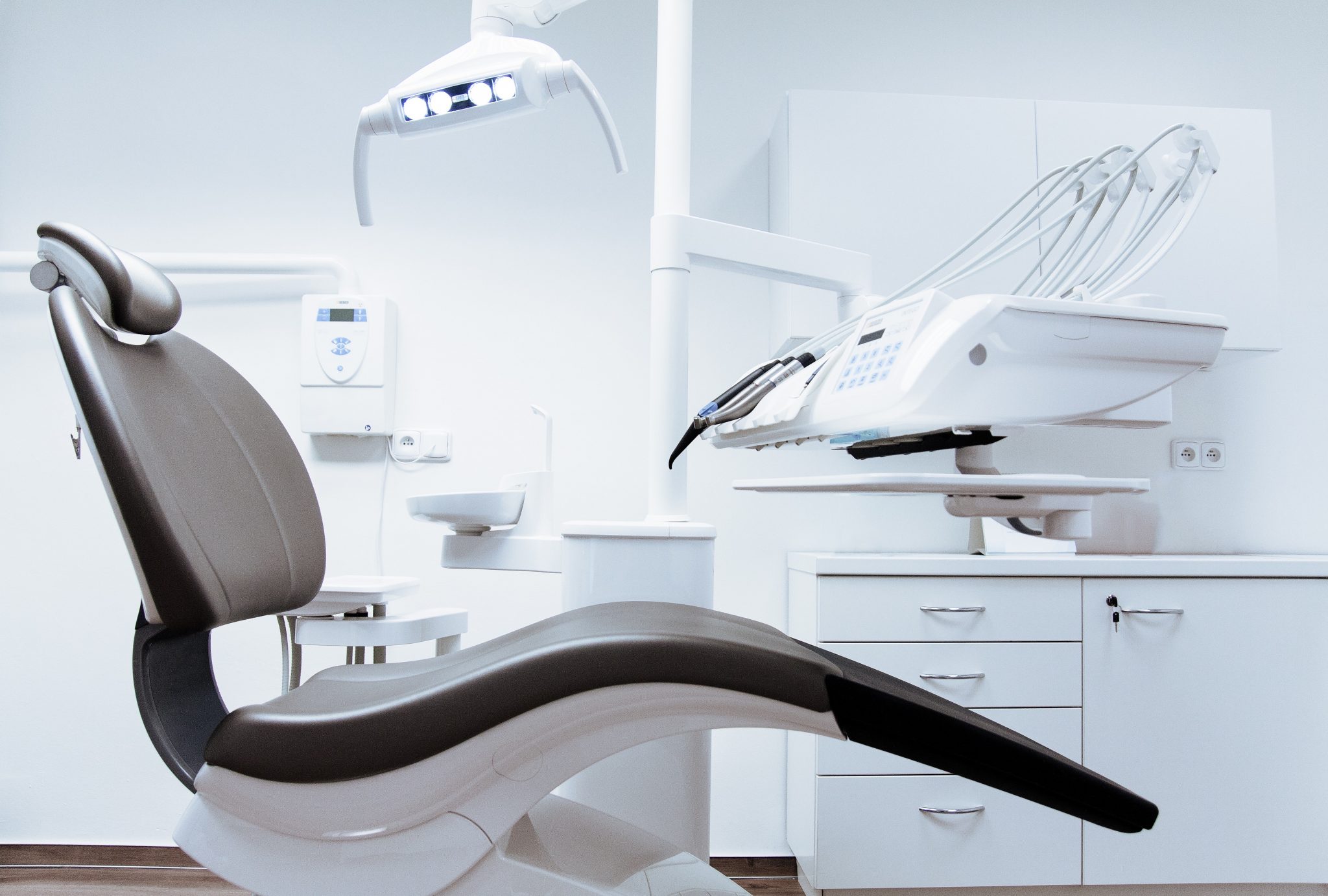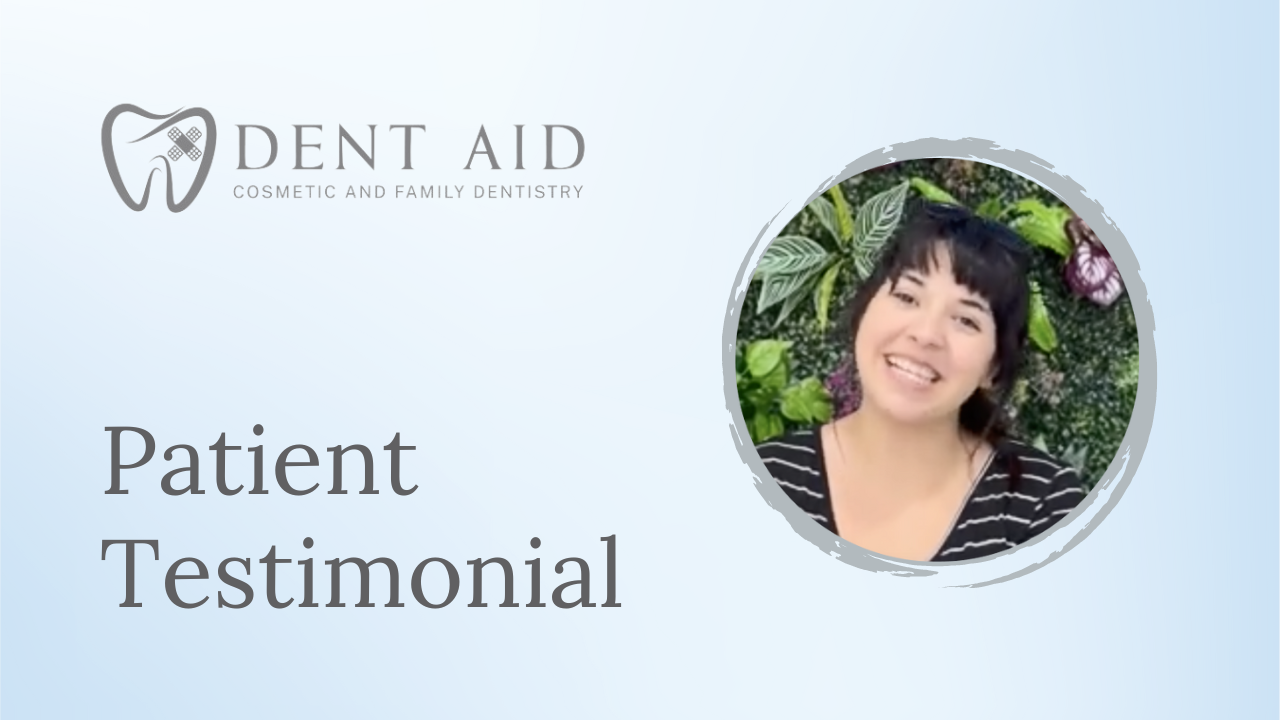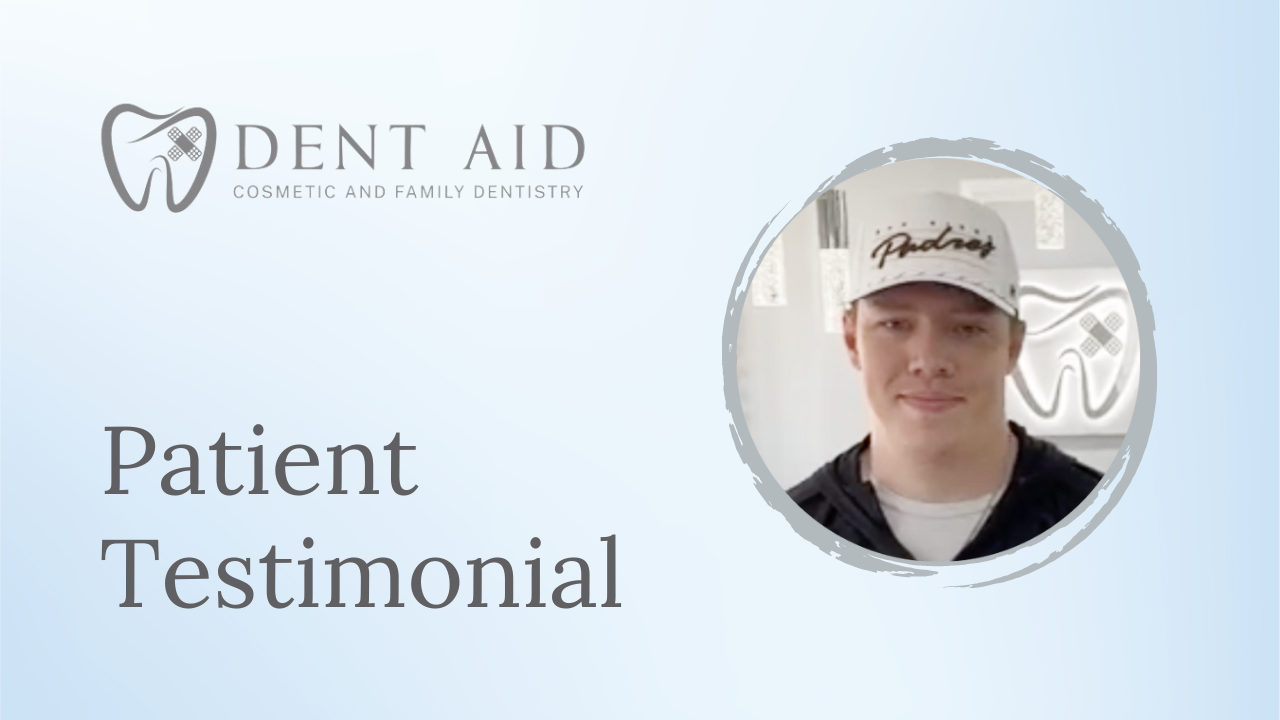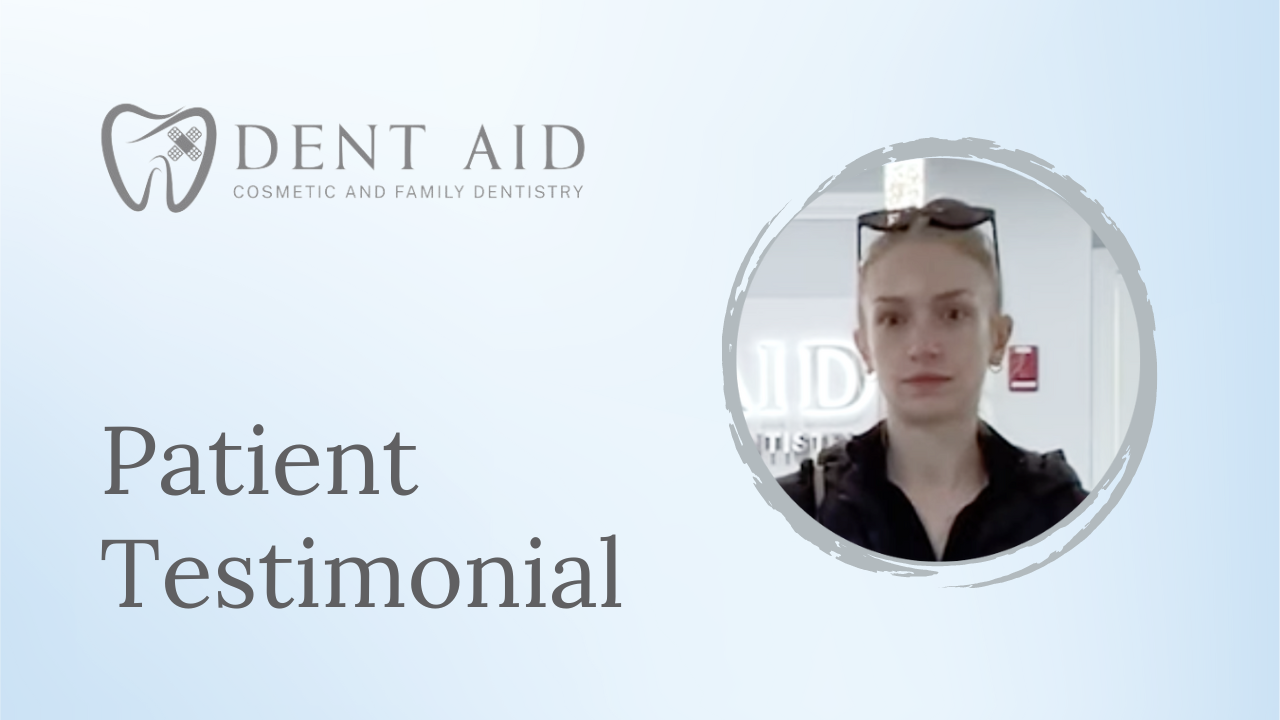
The Signs And Symptoms Of Oral Cancer
Oral cancer emerges from the abnormal proliferation of cells within the mouth, lips, tongue, or throat. Timely detection of oral cancers significantly increases the chances of successful treatment. While individuals above the age of 45 face greater risks, regardless of your age, considering oral cancer screening is essential if you’ve encountered any of the ensuing symptoms:
- Discolored Patches: Observe for unusual patches in your mouth or on your lips, including white or dark red areas.
- Texture Changes: Be attentive to unfamiliar lumps or alterations in texture within your oral cavity.
- Persistent Issues: Monitor canker sores that resist healing, numb patches, or continuous bleeding.
- Altered Sensations: Take note of any unusual sensations in your tongue, shifts in taste perception, or difficulties while swallowing.
Risk Factors Associated with Oral Cancer:
Certain behaviours and conditions elevate the risk of developing oral cancer. These include:
- Tobacco Consumption: Smoking or using tobacco products like cigarettes, cigars, and chewing tobacco significantly heighten the risk.
- Alcohol Consumption: Heavy or moderate alcohol consumption, especially when combined with tobacco use, contributes to an increased risk.
- HPV Infection: The possibility of human papillomavirus (HPV) infection in the mouth is linked to a higher risk of oral cancer.
- Sun Exposure: Excessive sun exposure, particularly for individuals with sun-centric lifestyles, is connected to an elevated risk.
- Dietary Habits: Poor diet and eating habits have been associated with a higher susceptibility to oral cancer.
- Family History: A family history of oral cancer can amplify your risk.
- Gender Disparity: Oral cancer is more prevalent in men than in women.
- Leukoplakia History: A history of leukoplakia, characterized by thick, whitish patches inside the mouth, can contribute to the risk.
Incorporating vigilance and proactive measures, such as regular screenings and adopting a healthier lifestyle, can aid in mitigating the risk of oral cancer and promoting overall well-being.
Prevention, Detection And Treatment Of Oral Cancer
Treatment will be planned on a case by case basis and will heavily depend on the severity, type and location of the suspected cancer.
Spotting early signs of cancer
The objective of an oral cancer screening is to identify cancer or precancerous states in your mouth at an early stage. During this examination, your dentist will carefully examine the interior of your mouth and the area beneath your tongue to spot any red or white patches or unusual sores. Additionally, your dentist will palpate the tissues in your mouth to detect any lumps or peculiar textures. They might also conduct a tactile assessment of your throat and neck to detect any anomalies.
Diagnosis and treatment
In the event that indications of cancer are identified during your oral screening, you might be recommended to undergo further assessments such as a biopsy (in which a small section of the questionable tissue is extracted for laboratory analysis) or diagnostic imaging procedures like X-rays, ultrasounds, CT scans, or MRI scans. Should confirmed tumors be found, the potential courses of action could involve surgical intervention, chemotherapy, or radiation therapy to facilitate their removal.
Prevention of oral cancer
Taking proactive steps now can greatly influence your likelihood of developing oral cancer in the future. To reduce the risk, it’s essential to maintain regular visits to your dentist for routine exams. Additionally, quitting the use of tobacco products, practicing responsible alcohol consumption, and protecting your lips from direct sunlight with UV protective lip balms can contribute significantly. Prioritizing a diet rich in fruits and vegetables not only benefits your overall health but also plays a role in oral cancer prevention. During your daily oral care routine, take a moment to examine your mouth for any unusual signs or symptoms, promptly notifying your dentist of any concerns. These actions collectively empower you to actively safeguard your oral health and minimize potential risks associated with oral cancer.
Contact us today
to schedule an initial consultation & exam.
Your consultation will include an examination of everything from your teeth, gums and soft tissues to the shape and condition of your bite. Generally, we want to see how your whole mouth looks and functions. Before we plan your treatment we want to know everything about the health and aesthetic of your smile, and, most importantly, what you want to achieve so we can help you get there.
Frequently Asked Questions
If you possess any of the risk factors associated with oral cancer, it’s advisable to request an oral cancer screening during your routine dental check-up. In case you come across an abnormally colored or textured patch in your mouth, or you notice a lump or a sore that raises suspicion, we recommend scheduling an appointment to have it examined
Your dentist will carefully assess your lips and the interior of your mouth, encompassing your cheeks, gums, and all areas of your tongue. Additionally, they will conduct a meticulous tactile examination to detect any lumps or atypical textures. Furthermore, your dentist might also palpate your face, jaw, throat, and neck to identify any uncommon lumps or areas of tenderness.
Wash your hands with warm soapy water. In front of your bathroom mirror, you’ll want to examine the roof of your mouth, your lips, tongue and gums. Pull your top lip up and bottom lip down to see behind them. You may use a piece of gauze or a cotton pad to help you grip your tongue to check the sides and underside. Do your best to look at your gums, and use your fingers to feel the insides of your mouth. You’re looking and feeling for color changes, lumps and bumps, unusual textures or tenderness. Let your dentist know if you have any sores that have not healed after two weeks.
These small patches, typically painless, may manifest as flat areas with varying colors such as red, white, gray, or yellow, often bordered by red edges. These patches can manifest anywhere in the mouth, encompassing the lips, gums, cheeks, tongue, and the palate. As a general guideline, it’s recommended to have anything that appears or feels abnormal examined by your dentist or doctor.









